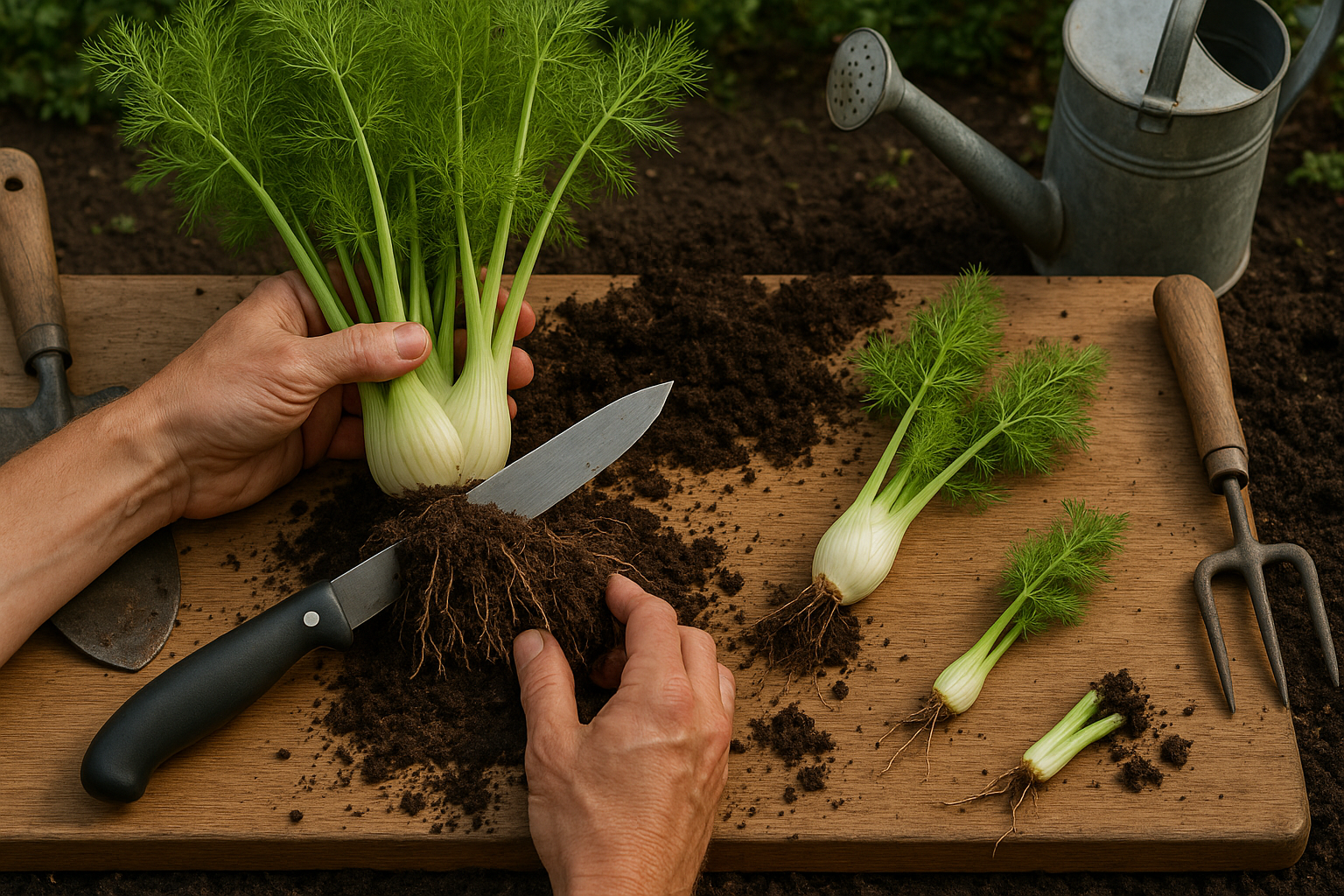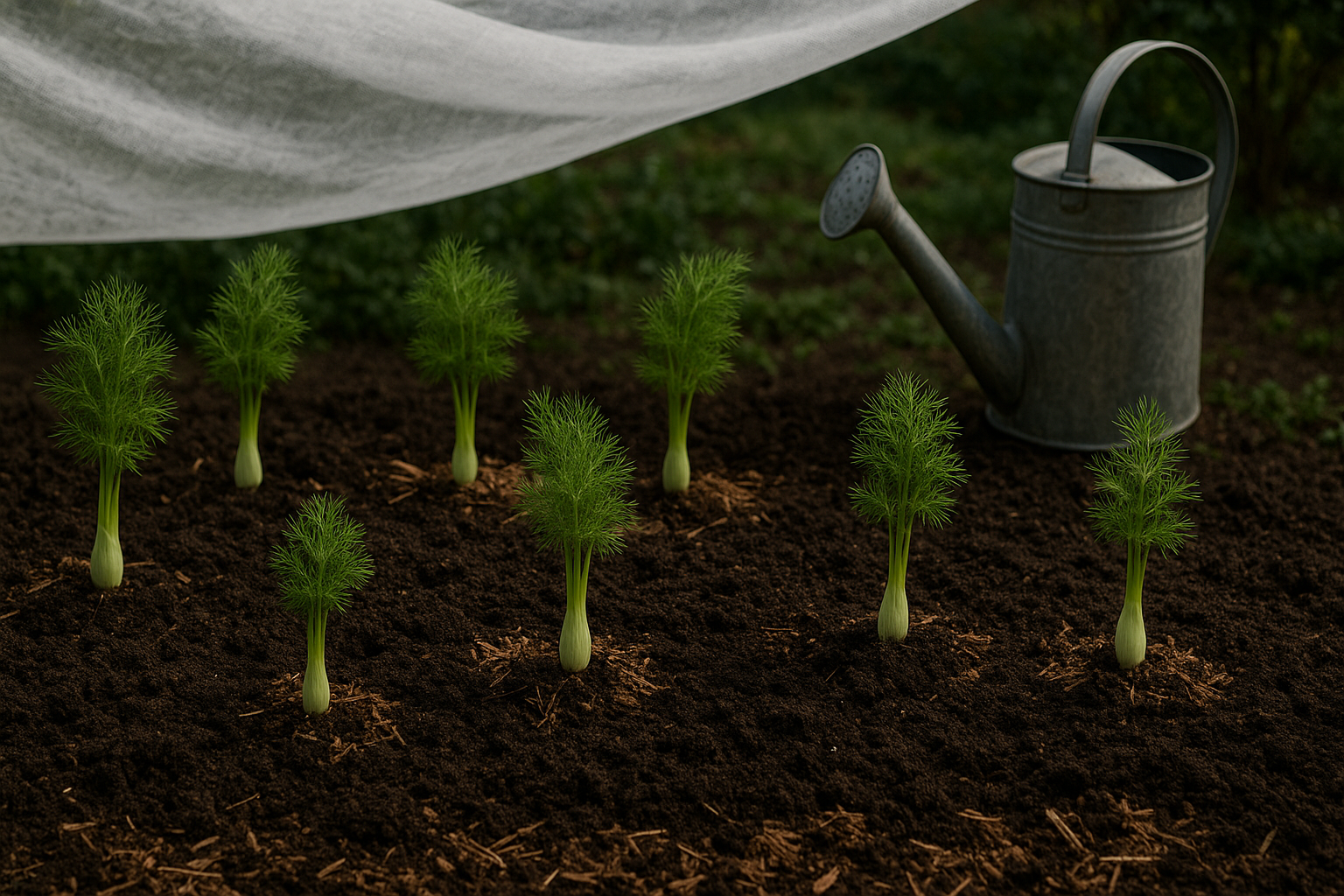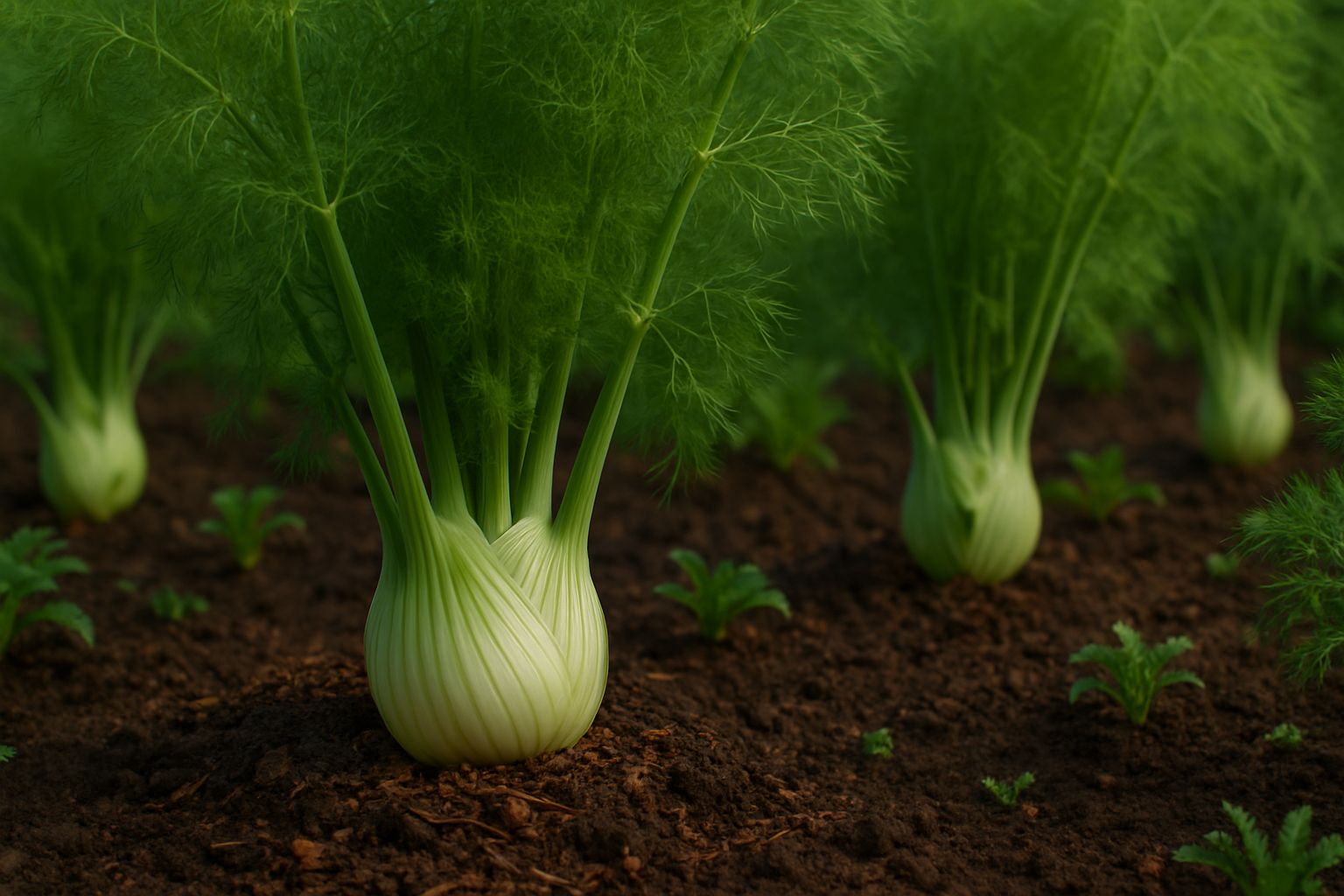Introduction
Dividing fennel can be a game-changer for both your herb garden and your kitchen. With its feathery fronds and distinctive anise flavor, fennel is a favorite among gardeners—not only for its decorative appeal but also for its culinary uses like salads, teas, and aromatic seasonings. However, as fennel matures, clumps can become overcrowded, which leads to weaker plants.
That’s where dividing fennel comes in. By separating established clusters, you encourage stronger, healthier growth, make propagation easier, and give tired plants a fresh start. Plus, this simple process means more fennel plants in your garden or to share with neighbors.
Timing is key — divide fennel in early spring or fall for the best results, when growth is either just beginning or slowing down and conditions are gentle on the roots. Using the right technique—carefully lifting roots and replanting with enough space—helps your fennel bounce back quickly and thrive.
In this post, we’ll break down when and how to divide fennel, step by step, so you can refresh your garden beds and maximize your herb harvests with confidence.
Understanding Fennel
Fennel comes in two main varieties, each with its own unique purpose and growth habits. Herb fennel (Foeniculum vulgare), often called common or sweet fennel, is a perennial plant grown mainly for its feathery fronds and aromatic seeds. It’s perfect for perennial herb gardens, returning year after year when cared for properly.
On the other hand, bulb fennel—also known as Florence fennel or finocchio—is an annual or sometimes biennial plant, prized for its crunchy, flavorful bulb used in salads and cooking. Unlike herb fennel, bulb fennel completes its life cycle within one or two years and generally isn’t suitable for division.
If you’re considering dividing your fennel, only do so with perennial herb fennel. Dividing bulb fennel can disrupt its bulb formation and overall health. Watch for signs that your herb fennel is ready to be divided: mature plants often form dense clumps, may show diminished growth or fewer fronds, or crowd out nearby plants.
Dividing at this stage helps rejuvenate the plant and keeps your fennel patch thriving. For the healthiest starts, divide in early spring or fall, ensuring each new section has a generous portion of roots and shoots to maximize survival.
Best Time to Divide Fennel Plants
Dividing fennel plants at the right time can make a big difference in their survival and growth. The best seasons for dividing fennel are early spring or early autumn. These periods offer mild temperatures and consistent soil moisture, creating gentle conditions that help the divided plants recover from shock.
Dividing fennel in the middle of summer or during very hot spells increases stress and the risk of bolting—a process where the plant prematurely flowers and goes to seed, making the bulb tough and less flavorful.
By dividing in early spring, just as new growth appears, you give the roots a chance to establish before the growing season ramps up. Early autumn is also ideal, as the soil is still warm from summer, but the air temperatures cool, helping roots settle in without the pressure of intense heat.
Your local climate matters too:
- In colder regions with short seasons, spring is often best so fennel has the full growing season ahead.
- In milder or Mediterranean climates, you can safely divide in early fall since winters are not too harsh.
Always water your divisions well, and consider adding some compost to boost soil health. Watching the weather forecast for a stretch of cloudy, damp days can further improve your chances, as plants will face less evaporation and sun stress while acclimating to their new spots.
How to Divide Fennel

Before you start dividing fennel, gather your tools and materials: a clean, sharp spade or garden fork, a sturdy garden knife for cutting through roots, compost or well-rotted organic matter, and a watering can or hose.
First, choose a mature fennel plant—ideally one that’s been growing for at least two seasons, as younger plants may not survive division well. Water the plant deeply a day before you plan to divide it; this helps reduce stress and makes it easier to work with the roots.
Using your spade or fork, gently loosen the soil around the base, working outward in a circle to avoid cutting into the roots directly. Carefully lift the entire plant from the ground, keeping as much of the root system intact as possible.
Lay the plant on a clean surface, and use your garden knife to separate the root clumps into smaller sections, ensuring each division has at least one healthy shoot and a good portion of roots attached—this is crucial for successful regrowth. If you spot any damaged or rotten root sections, trim them away with your knife.
When replanting, enrich the hole with some compost to give your divisions a nutrient boost, and replant each piece at the same depth as the original. Firm the soil gently around each new plant and water thoroughly to help settle the soil.
To reduce shock and aid root recovery, provide temporary shade for a few days, especially if the weather is hot and sunny—an old sheet or garden fleece can do the trick. Lastly, keep the divisions moist but not waterlogged for the first week or two.
Taking these steps will minimize root damage and boost the survival rate of your new fennel plants, setting them up for a strong, healthy season of growth.
Caring for Divided Fennel

After dividing fennel, keeping your new plants healthy depends on thoughtful care. Start by watering regularly; fennel likes consistent moisture but hates soggy roots. Aim to keep the soil evenly damp, especially during the first few weeks after division.
Mulch around the base with straw or compost to retain moisture, suppress weeds, and keep roots cool. If a heatwave or harsh sun is forecast, use shade cloths or row covers to shield transplants. In colder areas, protect young fennel from unexpected frost with a light fleece cover.
Fertilization is important. Apply a balanced organic fertilizer a couple of weeks after transplanting, then continue monthly as the plant grows. Space each plant at least 12–18 inches apart to allow plenty of airflow and reduce the chances of fungal diseases.
Watch for common issues like transplant shock, which can cause fennel to wilt or look stunted. Be patient, keep the soil moist but not waterlogged, and avoid over-fertilizing to give roots time to settle.
If pests like aphids or slugs appear, rinse them off with a gentle hose spray, hand-pick them, or use an organic insecticidal soap if needed. Healthy care after division will help fennel bounce back quickly and thrive, leaving you with feathery fronds and plump bulbs all season long.
Common Mistakes to Avoid When Dividing Fennel
Dividing fennel can be highly rewarding, but it’s easy to make a few common mistakes that harm your plants or slow their growth. One frequent error is dividing fennel at the wrong time of year—spring or early fall is best, when the plant can recover quickly and put out new roots. Dividing during peak summer heat or winter cold may stress the plant and make it struggle to reestablish.
Another mistake is being too rough and damaging too many roots during the process. Instead, use a sharp spade or garden knife and aim to keep as much of the root ball intact as possible for each division.
Overcrowding the new divisions is also a typical misstep—fennel needs plenty of space to grow, so plant divisions at least 12–18 inches apart to avoid competition for nutrients and sunlight.
Water the new divisions thoroughly and provide a little mulch to retain moisture. Most importantly, be patient; newly divided fennel may look droopy or stressed at first, but with a bit of care and restraint from overhandling, the plants will usually bounce back and thrive as they reestablish themselves in their new spots.
Propagation Alternatives and When Not to Divide
If you’re looking to propagate fennel, there are effective alternatives to dividing mature clumps. Sowing seeds directly in the garden is a simple method, especially for both common and Florence (bulb) fennel, since fresh seeds generally sprout quickly in warm soil.
Another option is taking cuttings from healthy plants and rooting them in water or moist potting mix, which is especially useful when you want to clone a specific plant with desirable traits.
These propagation methods are preferable over division when dealing with Florence fennel, which forms a bulb at the base. Dividing these plants can damage the bulb and roots, leading to weak or poor growth. Florence fennel performs best grown as an annual from seed, as dividing disrupts its development and reduces the quality of the edible bulb.
In contrast, common fennel, which grows as a perennial herb, can be divided every few years to rejuvenate old clumps, control spread, or share with friends.
Choose seed sowing or cuttings when starting new beds, replacing old plants, or avoiding the stress of division on sensitive varieties. Reserve division for mature, vigorous perennial fennel when you need to thin or propagate existing plants.
Conclusion
Dividing fennel is a simple and rewarding way to boost garden productivity and keep your plants healthy. By carefully lifting a mature plant, gently separating the root clumps, and replanting them in rich, well-drained soil, you can enjoy more vibrant and vigorous fennel each season.
Not only does this process encourage better growth, but it also allows you to spread your harvest or share plants with fellow gardeners. Don’t be afraid to give division a try—with a little care, even beginners can succeed.
Have you tried dividing fennel before, or do you have questions? Share your experiences or tips in the comments below!
